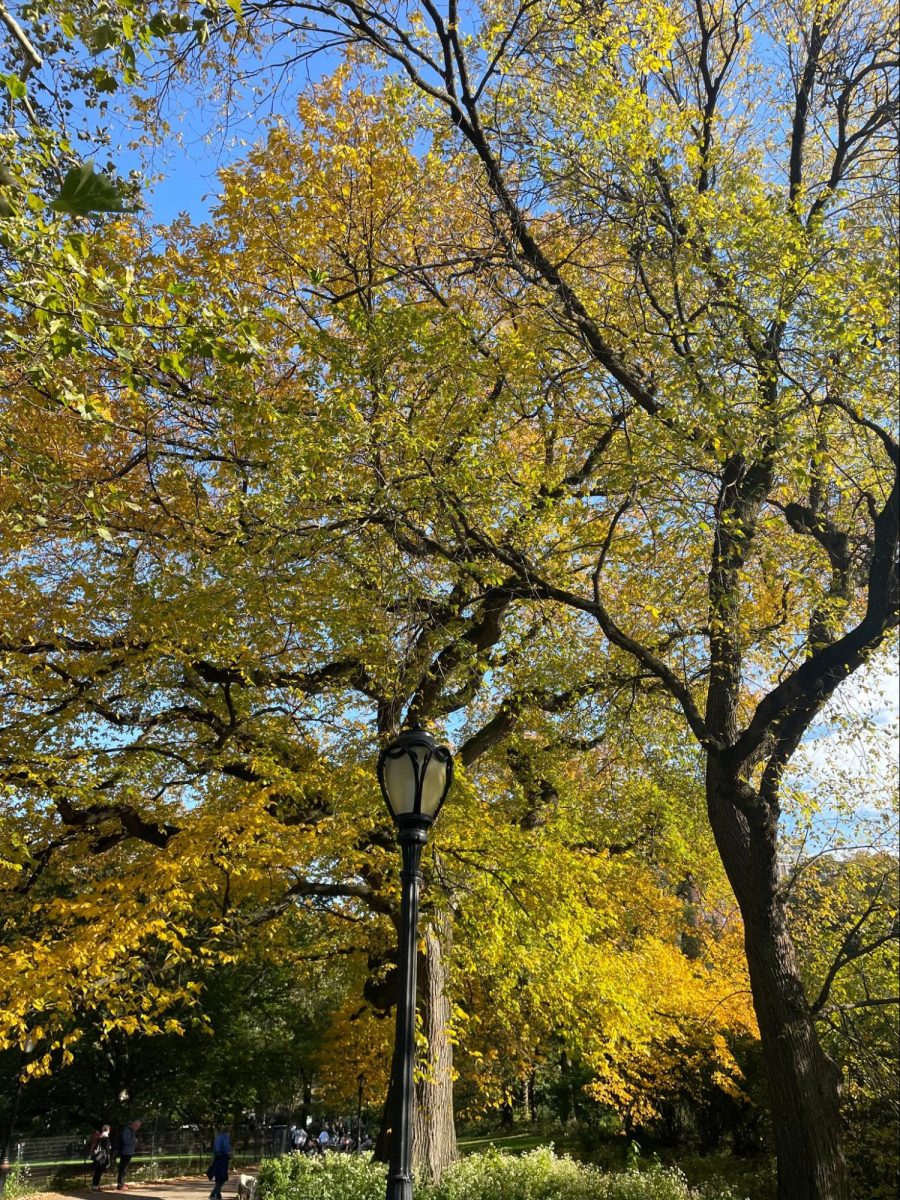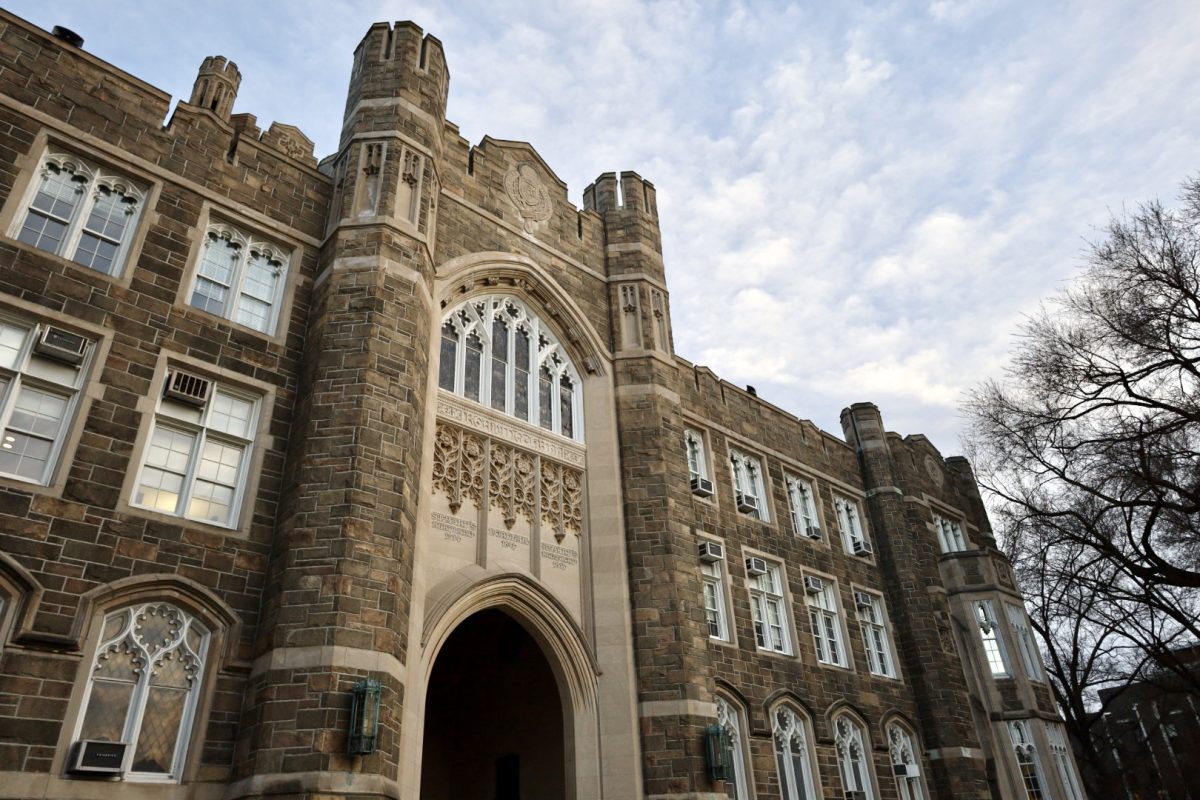The fall foliage of Central Park is in its peak season right now, with a vibrant tapestry of red, orange and yellow.
Central Park’s 843 acres are home to various tree species, including Maple, Oak and Sweetgum. Particular trees found in the park, like American Elm, Red Maple and Ginkgo, are known for their rich colors during the Fall.
As the days become shorter, trees detect the oncoming winter not only through colder temperatures but also through the angle at which the sun hits their leaves. This has a unique effect on Central Park’s trees, which are often covered by shadows cast by surrounding buildings. As a result of the light and temperature, the trees often have a distorted sense of the seasons, meaning Central Park experiences a later foliage turn than other parts of New York. As a result of this, the leaves in Central Park tend to turn later than our nearby New York Botanical Gardens or the Rose Hill campus.
To prepare for my visit to Central Park, I utilized the Central Park Conservancy Fall Foliage Map, which is an interesting resource that maps out where in the park it is best to see peak foliage. I identified the Reservoir, North Meadow and the Ramble as great places to see various colors and tree species. Both the NYC Parks website and the Central Park Conservancy are great resources to use when researching different areas throughout New York.
After walking past the Natural History Museum on the Upper West Side, I entered the park on 81st St. surrounded by beautiful leaves and trees on display. I started out on one of my favorite parts of the park, the Reservoir, which stretches from 86th-96th St. It is a large man-made body of water located in the park’s heart. It is very scenic, as you can see the Upper East and West side’s skylines and view the nature that encircles the water while following along on a trail that surrounds it. This area has vibrant trees like the Kwanzan Cherry, which turns bronze and bright red.
Another great spot to see the trees is the Mall, which is a picturesque pedestrian esplanade that runs from 66th to 72nd St. and is home to one of the largest elm trees in America. It creates a canopy of yellow leaves for people walking under it. This area is also extremely photogenic and is a great place to take pictures with your friends. There are also many birds frequenting this area, like eagles and herons.
I also suggest walking through the pond area within the Ramble, where the Bow Bridge overlooks the row boats pursuing through the water. The Red Maples and Black Cherries line the waters reflecting on the water under the bridge. This area also has a more forestry and woodlands section if you want a more immersive, outdoorsy experience.
Nearby is the Belvedere Castle, which provides panoramic views of the park due to its situation on Vista Rock. From this elevated perspective, you can witness the intricate details of the park’s paths and the lush canopies of trees, all coming together to create a visual masterpiece that encapsulates the essence of the Park in the fall. The castle is easily accessible via 79th St.
While many beautiful trees were displaying various colors, some trees were not turned yet this season, which means we still have time to enjoy the fall foliage into late November. I suggest checking it out on a sunny, warm day, as this weather will help brighten up the trees even more. This is a great activity to do with friends, and it is a quintessential New York fall experience.








































































































































































































